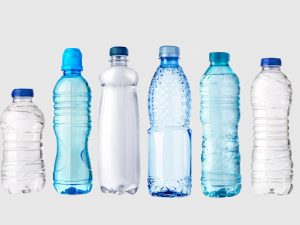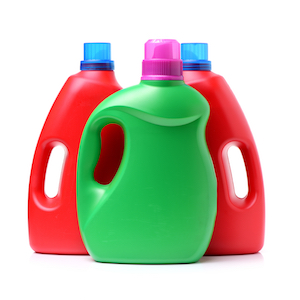Not all plastics are created equal. Some can be recycled, and some cannot. It is important to distinguish between the two when practicing proper recycling. To find out what kind of plastic you have, look for the “chasing arrows” symbol. In the middle of that triangle, there should be a number signifying the type of plastic it is. If it is #7, it is made up of other plastics, or mixed plastics.
These two types of plastics can always be recycled:
PET(#1) Plastics:
Polyethylene Terephthalate, or PET, is one of the most common types of plastic in the world. These plastics are mostly used to create hard plastic bottles and containers, as well as fabrics and sheets.

HDPE(#2) Plastics:
High Density Polyethylene, or HDPE, is also a common type of plastic. Like the PET plastic, it can also be recycled. These plastics are normally used in milk and water containers, as well as soap and detergent containers.
